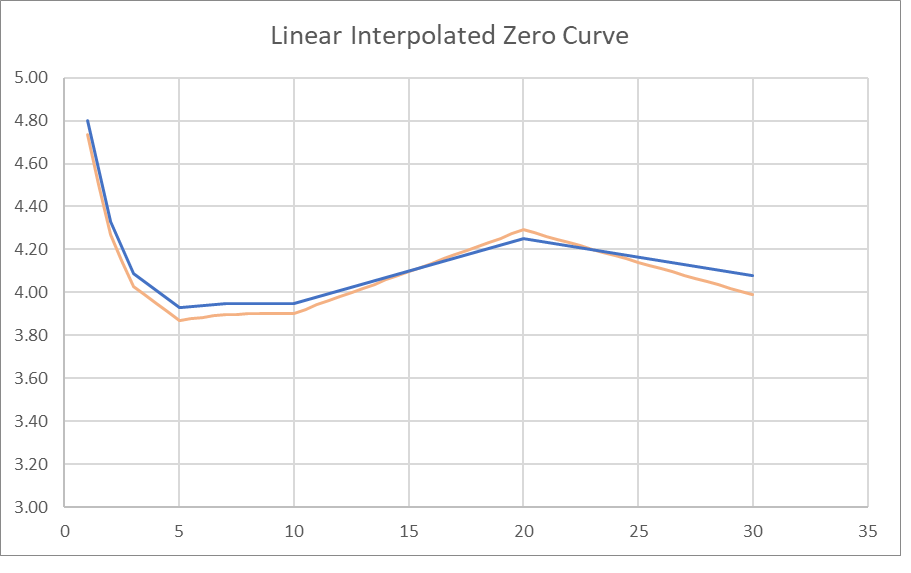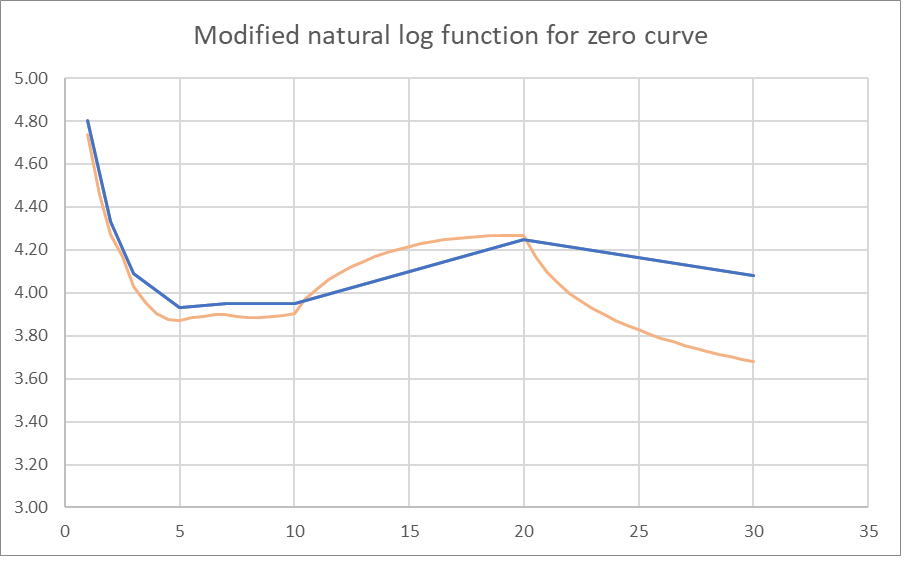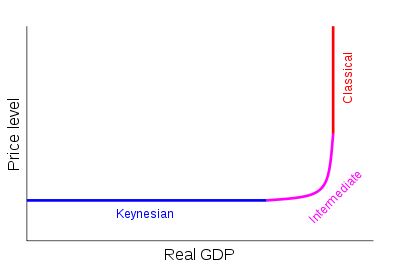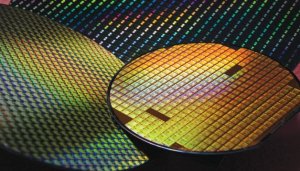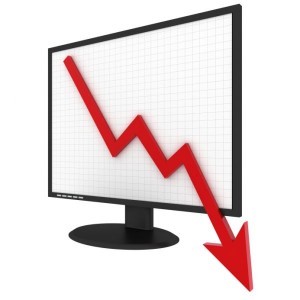Greif Inc.: Promising but Recent Results are Worrisome
Greif is a packaging company that has a global operation to make industrial packaging out of steel and plastic, and a similarly-sized operation to make paper packaging in the United States, and also a line of paper goods. Based on its recent performance it appears to be attractive, but the results of the first quarter of 2024 are concerning.
The packaging industry is pro-cyclical to an extent, meaning that its fortunes rise and fall with the level of GDP, and Greif does cite a weakness in volumes and pricing as the cause of its recent drop in earnings, but this has not stopped the company from making several acquisitions of paper packaging companies in the United States in the last couple of years. If the industry itself is depressed and due for a rebound, this is sound strategy, but if not these acquisitions are highly questionable.
Turning to the figures, Greif has a market cap of approximately $3 billion and $180 million in excess cash on its balance sheet. Sales in 2023 were $5.2 billion as compared to $6.3 billion in 2022 and $5.6 billion in 2021. Gross margin in 2023 improved slightly, but overall operating income was $540 million, fiddling out the gain on disposal of a business. The company was careful to point out that in 2023 Russia represented 4% of its sales, 2% of its assets, and 9% of its operating profits. From the operating income we remove $96 million in interest expense, and applying estimated taxes gives us $355 in operating cash flow. The company also had $37 million in excess depreciation and impairment charges and $20 million in the earnings to noncontrolling interests, producing a final free cash flow of $372 million, representing a hefty yield to equity of 13.3%. The comparable figures in 2022 and 2021 were $519 million and $390 million respectively, again stripping out special or nonrecurring items.
However, in the first quarter of 2024 sales declined by a further 4% compared to the first quarter of 2023, mostly in the American paper packaging sector, but operating profit declined by 30% to $69 million. Interest expense was $24 million, and applying estimated taxes, operating earnings should come to $36 million. (I should point out that the company’s actual tax provision was actually minus $38 million owing to a loss upon repatriation of foreign assets, which I shall speak of later). Taking excess depreciation into account, free cash flow came to $42 million, as compared to $68 million for the same quarter in 2023.
The market seems to have taken this substantial decline in free cash flow in stride, just as it has the annual declines in free cash flow since 2022; the stock has remained roughly at its current level. I suppose it is recognition of the principle that one should not place excessive concern on one quarter’s or even one year’s earnings, particularly as the company and the entire industry, I understand, is already seeing early signs of an improvement. But on the other hand it is questionable whether a business that is subject to such swings is stable or predictable enough to constitute a genuine value investment.
Also, I mentioned earlier that the company’s actual provision for income taxes in the first quarter of 2024 was minus $38 million instead of the $9 million one would expect. This is the result of the company’s “onshoring of certain non-U.S. tangible property,” as stated in the 10-Q. I am tempted to call accounting shenanigans on this move, as the timing of this “onshoring” is totally within the company’s discretion and seems to be timed specifically to make a disappointing quarter look better.
There is one point that concerns me as to Greif’s corporate structure. The company has two classes of shares. The class A shares are entitled to two thirds of the dividends of the class B shares, and are not entitled to a vote unless the dividend has been passed for an entire year. And yet, the class A shares as of this writing trade for $61.36, and the class B shares trade for $62.73, which is barely a year and a half of dividends more. On the one hand, this is further evidence that dividend policy is no longer a major influence on valuation and that the company is seen as being run tolerably well to the point where control is a non-issue. But I still think such a narrow spread between the two share classes is surprising, and naturally I would recommend the class B shares.
So, if one has confidence that the earnings of Greif are temporarily depressed and the company’s perception of improving conditions will return the company to historical performance levels, then the current price is attractive. But as such a view is dependent on potentially optimistic assumptions about the future, I cannot say that Greif is an obvious value play.
